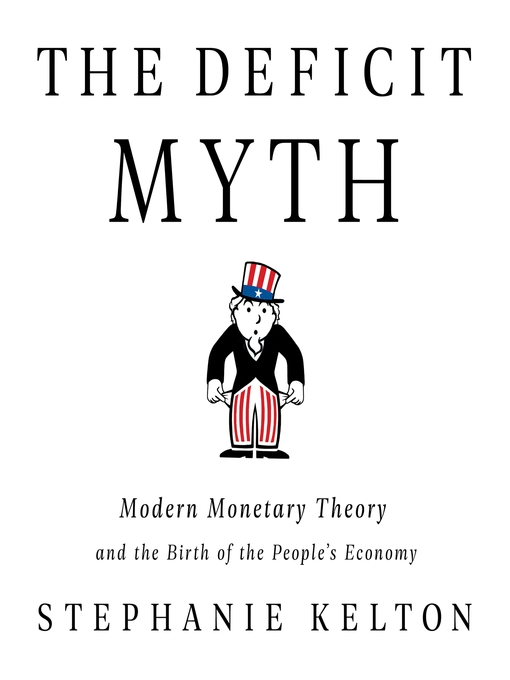


Live like the grasshopper today by overspending, and die like the grasshopper in the future because winter is coming. The logic of these ‘old monetary theory’ fears is that debts need to be repaid. Should we worry about government overspending such as these recent, record deficits? Critics of government deficits say, “we are burdening our children and grandchildren” or “The piper is going to have to be paid.” By this “percent of GDP” metric, the US Federal deficit in the single month of June 2020, exceeded annual deficits in all but a few years, and even exceeded the deficit in some entire decades. Such statistics are best measured against the size of the economy. In June 2020, for example, the US government spent almost a trillion dollars more than it received. Consequently, governments have tended to spend too little causing unnecessary, missed opportunities to improve society.

Before modern theory, economists evaluated government spending using old (incorrect) monetary theory. What is MMT? Professor Kelton introduces MMT by writing, “there are no constraints on the federal budget.” (p. This review summarizes the major tenets of MMT as articulated by Professor Kelton, places MMT into a broad bioeconomic framework, and then concludes with some statements of the possible validity of MMT. The Deficit Myth is written by Professor Stephanie Kelton, one of the leading proponents of Modern Monetary Theory (MMT).


 0 kommentar(er)
0 kommentar(er)
